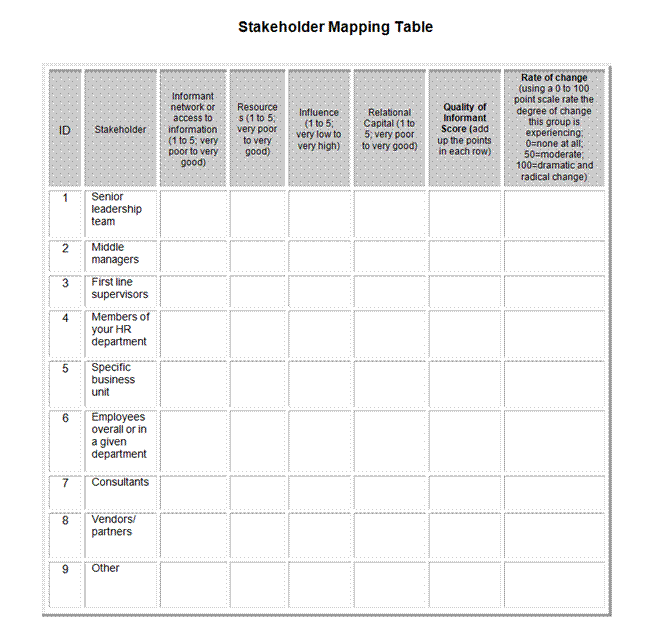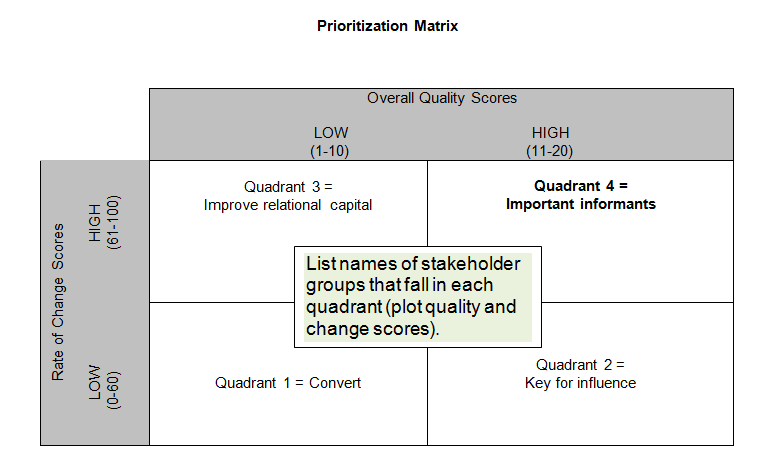By Theresa M. Welbourne, PhD
This series on Fast HRM is devoted to the goal of starting a movement to speed up the delivery of HRM tools and process by learning the agile and extreme programming methods.
If you are not familiar with the Fast HRM term and the earlier articles, links to the first three pieces can be found here:
- Introduction and Principle #1 — The Fast HRM Movement: It’s All About Energy, Performance, Success
- Principle #2 — Fast HRM Part 2: It’s About Fostering Trust and Doing Business Fast
- Principle #3 — Fast HRM Part 3: Why Relationships Are So Critically Important
Today’s article moves on to principles 4 and 5: that Fast HRM requires business acumen, and, demands focused HRM.
Business acumen blended with focus
These two topics are blended together because HR needs business knowledge for HR to focus and move fast. In order to know what to focus on, an acute understanding of the business’ needs is key to success.
How does one do that? What can an HR professional do to learn the business and not only understand where it is today but keep abreast on what changes are being made day-to-day? In today’s fast-paced world of business, it may be that the ability to stay informed on what is new is the most important skill.
The secret to success in this area is your stakeholder strategy.
As an HR professional or a consultant working with a company, it is important that you seek out people who are on the fringes of the organization and establish ongoing, knowledge-sharing relationships with those people.
By being on the “fringe,” I mean people who are boundary spanners. These are employees who are working closely with customers, who are talking to vendors and suppliers, or who are naturally inclined to be watching the market. Overall, these are people who know what’s coming next. You want these individuals in your network, and you want to keep them close.
Be intentional about your network
This means rather than simply “serving,” if you want to improve your business acumen and you desire to be someone who helps speed up your organization, you need to be incredibly intentional about how you spend your time and who is in your network. You need to be purposeful in choosing people who have information that you need. In addition, you also need to have something they want.
Stakeholder mapping exercise
The stakeholder mapping exercise is something that Dr. Chris Worley and I use in a program we teach on Fast HR. Below is a short version of it to provide you with some insights about how to intentionally think about your network and obtaining key information for helping your organization move forward faster.
Things to keep in mind as you work through the exercise:
- No individual or stakeholder group has all the information you need to rapidly strategize and change. It is important to prioritize the stakeholders in terms of the quality of the information they can provide and the extent to which they can help you obtain more information from their own networks.
- For each stakeholder, complete the Stakeholder Mapping Table using the following definitions.
-
- ID is a number assigned to each stakeholder.
- Stakeholder is the label given to each relevant and prioritized stakeholder.
- Informant’s network or access to information outside the organization describes the stakeholder’s ability to evaluate trends in the market, understand what other organizations are doing, and be able to evaluate HR changes not only based on current needs but changes to come.
- Resources is a category that describes how much of any relevant resource – people, time, budget – the stakeholder has to help obtain additional information for your team if needed.
- Influence is the ability of this stakeholder to influence others in his/her stakeholder group to work closely with the HR team as it rolls out the new strategy, process, service or product.
- Relational Capital is an assessment of the quality of the relationship between your HR team and this stakeholder group. Think about the degree of trust with these stakeholders, the level of enthusiasm this stakeholder has in working with your team, and the history of the relationship over time (building strong relationships over time, or weak because it’s a new relationship).
- Quality of the informant is the total of your scores in each row.
- Rate of change is an assessment of the amount of change the stakeholder is experiencing in his/her job. Using a scale from 0 to 100, rate the degree of change this stakeholder group is now experiencing. Groups with a higher rate of change scores will be important informants.
- QUADRANT: Plot which quadrant the stakeholder falls into.


Taking action
There is action to be taken for people in each of the quadrants; however, where you want to start is with quadrant number four. The people in this stakeholder group have high quality information, and they are in jobs that involve a high rate of change. Their knowledge about the potential futures of the firm is going to be more well informed because of their exposure to real-world information. Thus, if you are going to be in a position to help your organization go faster and focus, you also need that information.
Fast HR requires business acumen and the ability to focus. The knowledge needed to understand what to focus on comes from outside the HR function. If you want to go fast, then you need to seek out the right people and align with them quickly.
For more resources on Fast HRM, go to www.eepulse.com and look at the articles and links to webinars on the Fast HRM work. If you are interested in a half day or full-day program on Fast HRM, contact us at info@eepulse.com.
